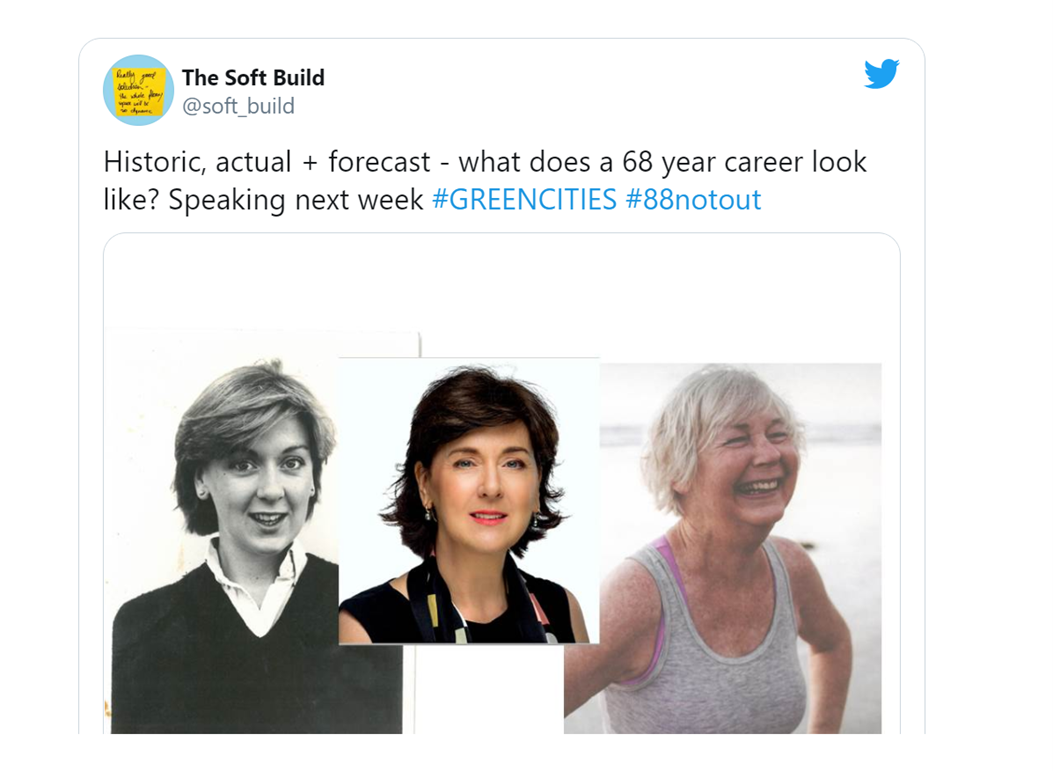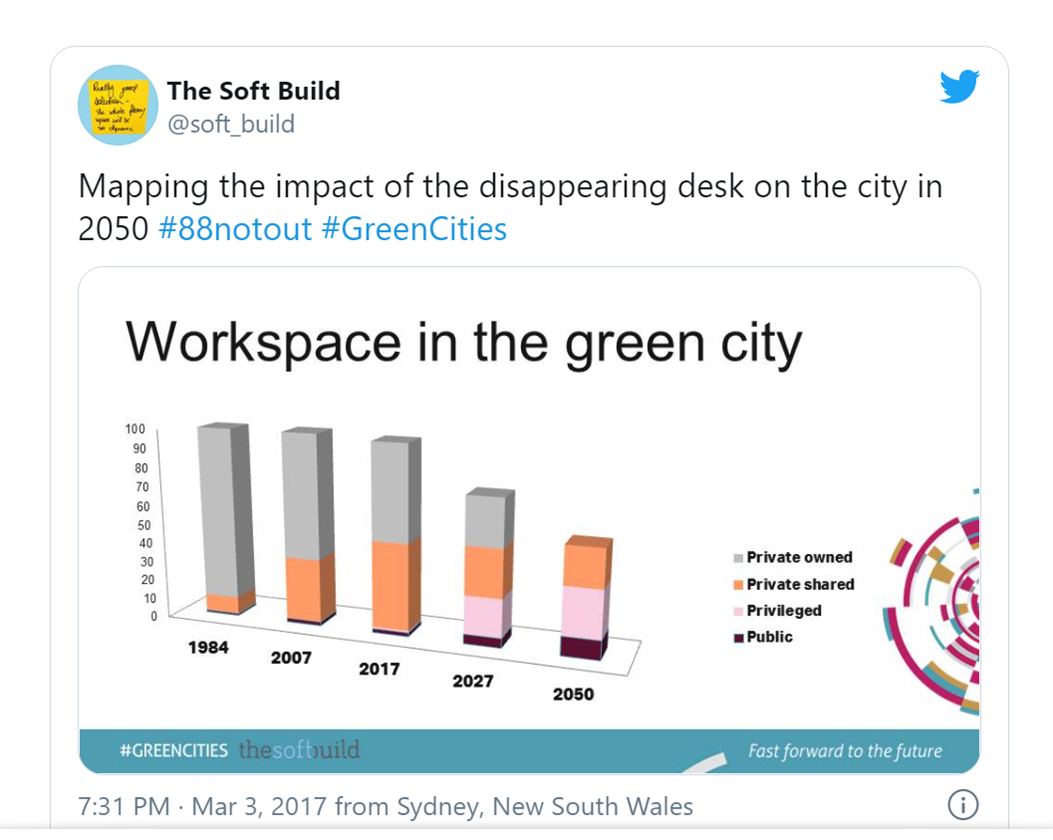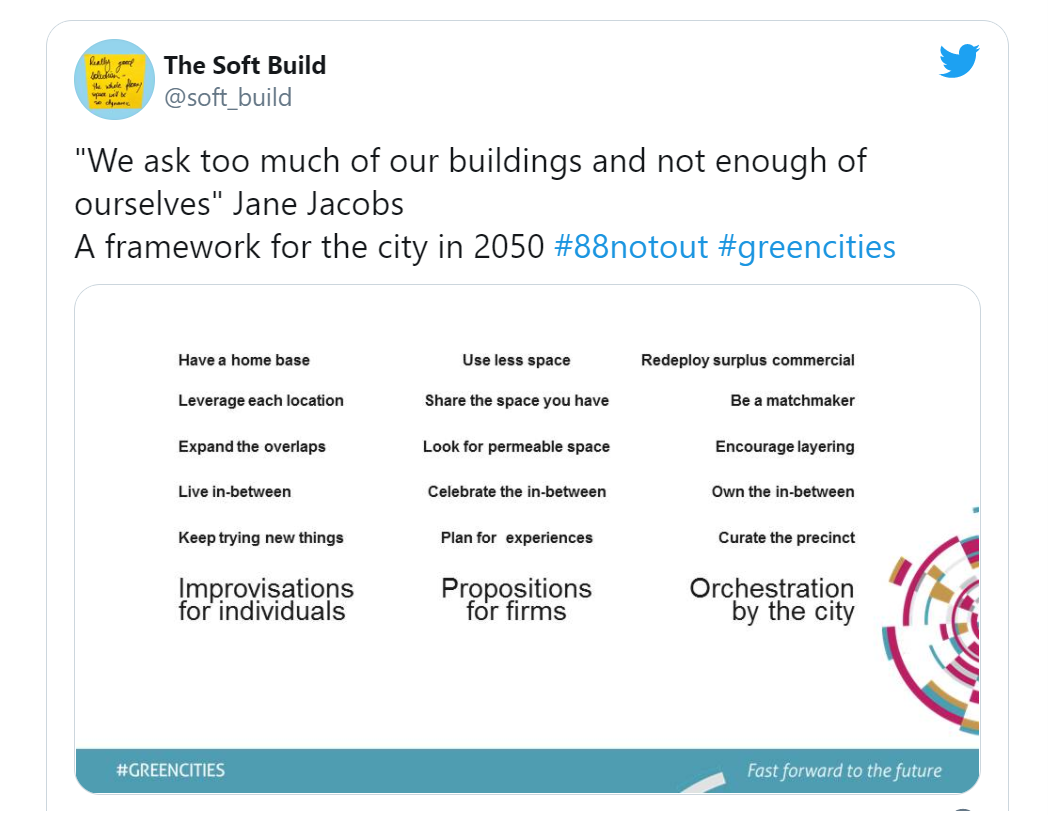What does a 68-year career look like? What does that sort of professional longevity mean for companies and cities?
One of my standout books of 2016 was The 100-Year Life – the latest thinking from London Business School Professor Linda Gratton. Written with economist Andrew Scott, the book provides a compelling vision for greater longevity at work in order to finance the extra years of life. The answer is not a simple extension of the current three stage model of learning, working and then retiring. The book lays out clear prescriptions for public policy and individual preparedness. The authors demolish the traditional three-stage lockstep and in its place, describe multi-stage careers built around transitions and re-inventions. No single university degree is likely to carry a professional through a work-life characterised by industry upheaval and technological disruption. New skills will be needed. New networks forged. New work roles negotiated.
Some of the material rang true already. So many of us are already experimenting outside the boundaries of full- time employment. Organisations are aware of the benefits of shrinking the core number of people on their books and shifting to a more varied and variable contingent workforce that’s tapped as needed through the gig economy. So it shouldn’t come as news to the leaders of organisations that job freezes translate into creative work-arounds.
The real surprises reading The 100-Year Life came from thinking about organisations full of people working into their 70s or even 80s, and the idea of greater generational complexity in the workplace.
At the Green Building Council of Australia’s 2017 national congress in Sydney I’m going to be talking about my own expectations of working in my 80s in a session titled 88 not out. In 2050, I want to be well and working. I’m counting on augmented reality, personalised pharmaceuticals and biomedical breakthroughs to solve the inconveniences caused by any failing memory, joints, muscles, hair, skin, hormones etc etc. I don’t quite know how this is going to happen, but there are plenty of devices and systems that I take for granted now, that did not exist if I look back 34 years.

I’m also expecting a multi-stage career keeping me relevant and productive. I have a clearer line of sight through to how this ongoing career will happen. In my work with The Soft Build I help organisations understand how the future is going to be new and different, so the buildings and spaces that they develop will be ready for how they need to change. I’ve mapped the outlines of the changing city before, but for this Green Cities talk I’ve pushed the forecast out to 2050.

By 2050 there will be a profound reset of individually owned workspace, and by that, I mean that there will be virtually no individually owned workspace in our vocabulary. Commercial workspace in decades to come will be a communal proposition – even for individuals: space will be shared within and across organisations, so we eliminate the waste that comes with ownership. The new models of shared space – the hosted coworking hubs and the open access working commons – will continue to grow, and the public realm will offer new experiences open to all.
How do we think through the impact of these changes and create the kind of future we would be happy to live into? My advice for people aspiring to a 100-Year Life recognises three spheres of influence: the individual, the firm and the city.

And yes, the last word here belongs to celebrated urban theorist Jane Jacobs who published her last book at 87. She died in 2006 aged 89.
